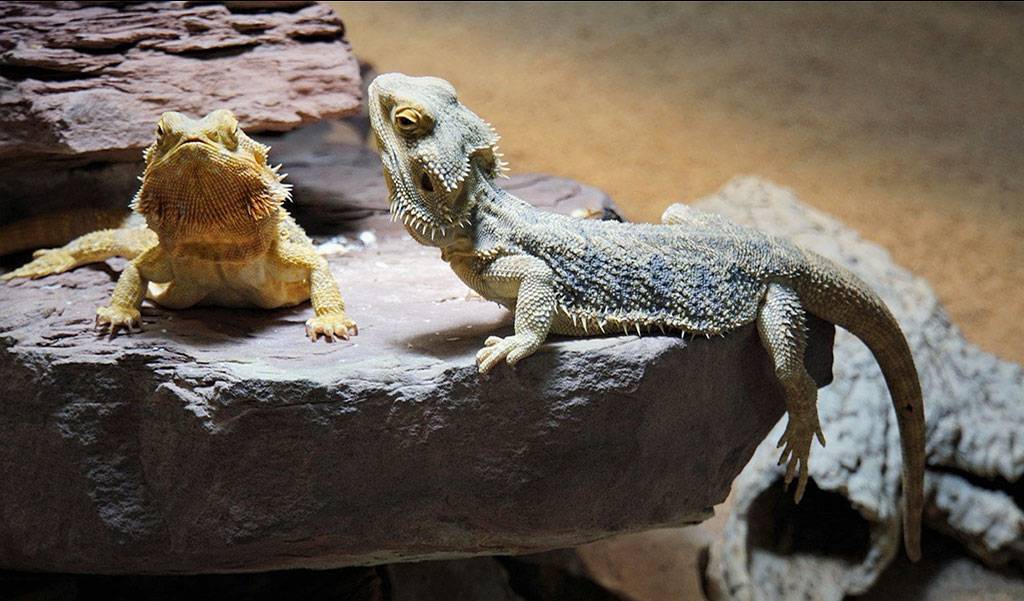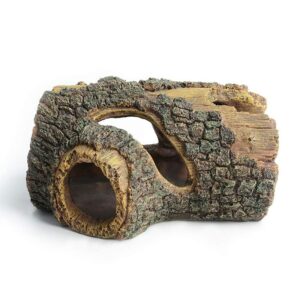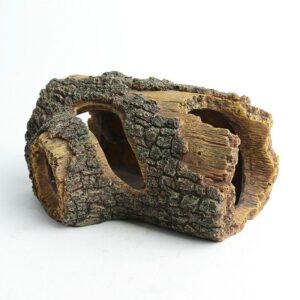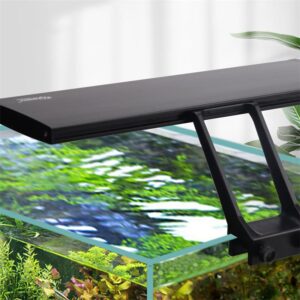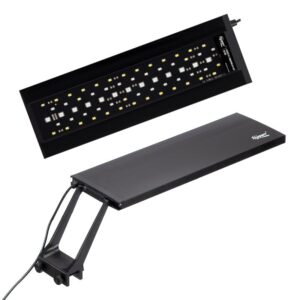Common Mistakes to Avoid When Setting Up a Bearded Dragon Tank
By Zaryab from pettriot.com
Setting up a proper environment for your bearded dragon is crucial for its health and well-being. A well-designed tank provides a comfortable and stimulating habitat for your pet to thrive in. However, setting up a bearded dragon tank can be daunting, and it’s easy to make mistakes.
From choosing the wrong tank size to improper lighting and heating, overcrowding, and feeding mistakes, we’ll provide tips and recommendations to help you avoid some pitfalls and provide the best possible environment for your bearded dragon.
Whether you’re a new or experienced bearded dragon owner, read on to learn how to create a perfect habitat for your scaly friend.
Choosing the Wrong Tank Size
Choosing the right tank size is essential for providing your bearded dragon with a comfortable and healthy living environment. Adult bearded dragons require a minimum tank size of 40-gallon breeder tank, measuring at least 36x18x18 inches, but larger tanks are always welcome.
It’s important to keep in mind that bearded dragons are native to the grasslands and deserts of Australia, where temperatures can reach 85-120 °F during the day. When selecting a tank, it’s important to consider the dimensions as well as the volume.
A long and shallow tank is ideal for bearded dragons, as they are primarily ground-dwelling animals and require ample floor space to move around. Providing enough space is crucial, as overcrowding can cause stress and health issues.
Additionally, it’s crucial to provide hiding spots and basking areas to ensure your bearded dragon feels secure and comfortable.
By choosing the appropriate tank size, you can provide your bearded dragon with the space they need to thrive and enjoy its habitat.
Using the Wrong Substrate
The substrate is the material that covers the floor of your bearded dragon’s tank, and it’s important to choose the right one to promote good health and hygiene. Using the wrong substrate can lead to impaction, a life-threatening condition where the bearded dragon ingests indigestible material.
Some common substrates to avoid include loose particles such as sand, gravel, and walnut shells. These substrates can easily be ingested and cause impaction. Other materials to avoid include cedar chips, which can cause respiratory problems, and pine, which contains toxins that can harm your pet.
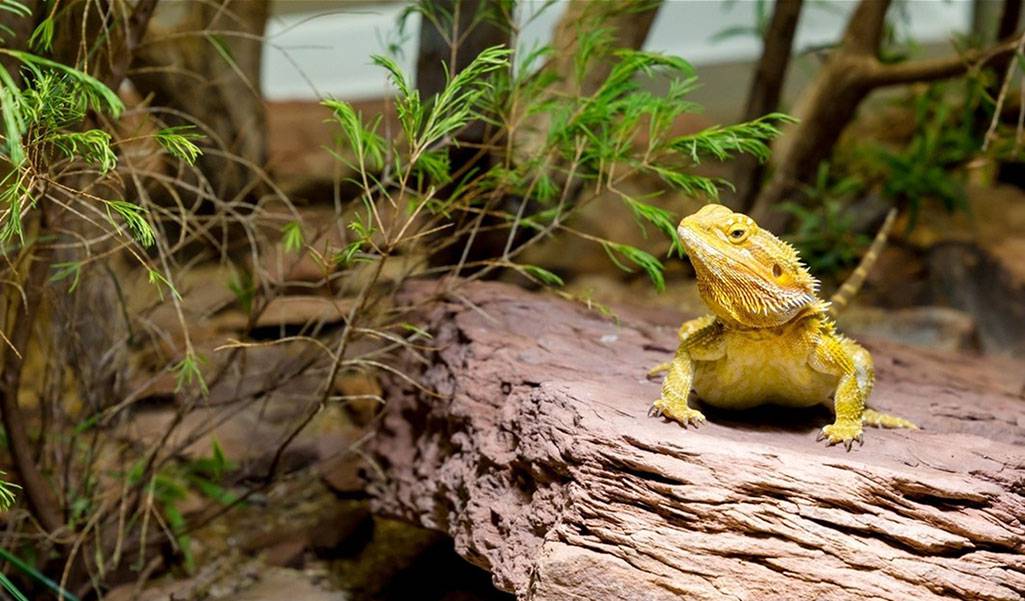
Instead, choose substrates that are easy to clean and non-toxic, such as reptile carpets, paper towels, or ceramic tiles. These options provide a solid and secure footing for your bearded dragon and prevent impaction.
It’s also important to clean the substrate regularly to prevent bacteria buildup and maintain good hygiene. Replace the substrate every few months or as needed, and spot-clean as necessary.
By choosing the right substrate and cleaning it regularly, you’ll provide your bearded dragon with a safe and healthy living environment. Keep in mind that providing a healthy environment is as important as providing them with a healthy meal.
All About Heating and Lighting
Lighting
Proper lighting is crucial for your bearded dragon’s health and well-being. Bearded dragons require UVB lighting to synthesize vitamin D3, which is essential for calcium absorption and bone health. In addition to UVB lighting, they also require a heat source to regulate their body temperature.
One excellent option for providing both UVB lighting and heat is the LED Light. The light should be adjustable, easy to install, and provides both heat and UVB rays, which can help prevent metabolic bone disease and other health problems.
It’s important to replace the UVB bulb every 6–12 months, as the bulb’s effectiveness diminishes over time. Additionally, make sure the light is positioned correctly, so your bearded dragon can bask in the light and regulate their body temperature.
Heating
Bearded dragons are cold-blooded reptiles and require an external heat source to regulate their body temperature. The heat source is crucial for digestion, metabolism, and overall health. A heat lamp or ceramic heat emitter can be used to provide a heat source.
It’s essential to monitor the temperature in the tank carefully. The basking area should be 100–110 °F, with the cool side of the tank around 75–85 °F. Use a digital thermometer to ensure the temperature is accurate and consistent.
Improper Lighting and Heating
Improper lighting and heating are common mistakes that can have serious consequences for your bearded dragon’s health. Without adequate UVB lighting, your bearded dragon may develop metabolic bone disease, which can lead to skeletal problems, fractures, and other issues. Additionally, inadequate heating can lead to digestive problems and decreased activity levels.
In contrast, providing too much heat or UVB can also cause issues. Overheating can cause heat stress, while too much UVB exposure can lead to eye damage and other health problems.
It’s important to research and follow guidelines to ensure your bearded dragon’s lighting and heating needs are met. Using high-quality products and monitoring the temperature in the tank regularly can help you provide a safe and comfortable living environment for your pet.
Overcrowding The Tank
Bearded dragons require a certain amount of space to move around and explore, and overcrowding the tank can cause stress, aggression, and health problems. It’s important to choose the right tank size based on the number of bearded dragons you have and their size.
As mentioned earlier, a 40-gallon breeder tank is a minimum size for one adult bearded dragon, measuring 36x18x18 inches. If you have multiple bearded dragons, you’ll need a larger tank of at least 75 gallons or additional tanks to provide adequate space for each one.
Overcrowding can also lead to hygiene problems, as waste buildup can occur more quickly in a smaller space. This can lead to bacterial infections and other health problems.
In addition to providing adequate space, it’s important to provide enough hiding places and decor tree trunks to create a comfortable and stimulating environment for your bearded dragons. This can include basking spots, rocks, logs, and plants.
By avoiding overcrowding and providing adequate space and decor, you can help ensure your bearded dragon’s health and happiness.
Conclusion
Setting up a bearded dragon tank can be a rewarding experience, but it’s important to avoid common mistakes that can have serious consequences for your pet’s health and well-being. From choosing the right tank size and substrate to providing proper lighting, heating, and decor, there are many factors to consider when setting up a bearded dragon tank.
By following guidelines and using high-quality products from hygger, you can create a safe and comfortable living environment for your pet. By avoiding overcrowding and providing adequate space and decor, you can help ensure your bearded dragon’s health and happiness.
Remember to research and follow guidelines to ensure your bearded dragon’s needs are met, and don’t hesitate to reach out to a veterinarian or experienced bearded dragon owner if you have any questions or concerns. With proper care and attention, your bearded dragon can thrive and provide you with years of companionship and enjoyment.

